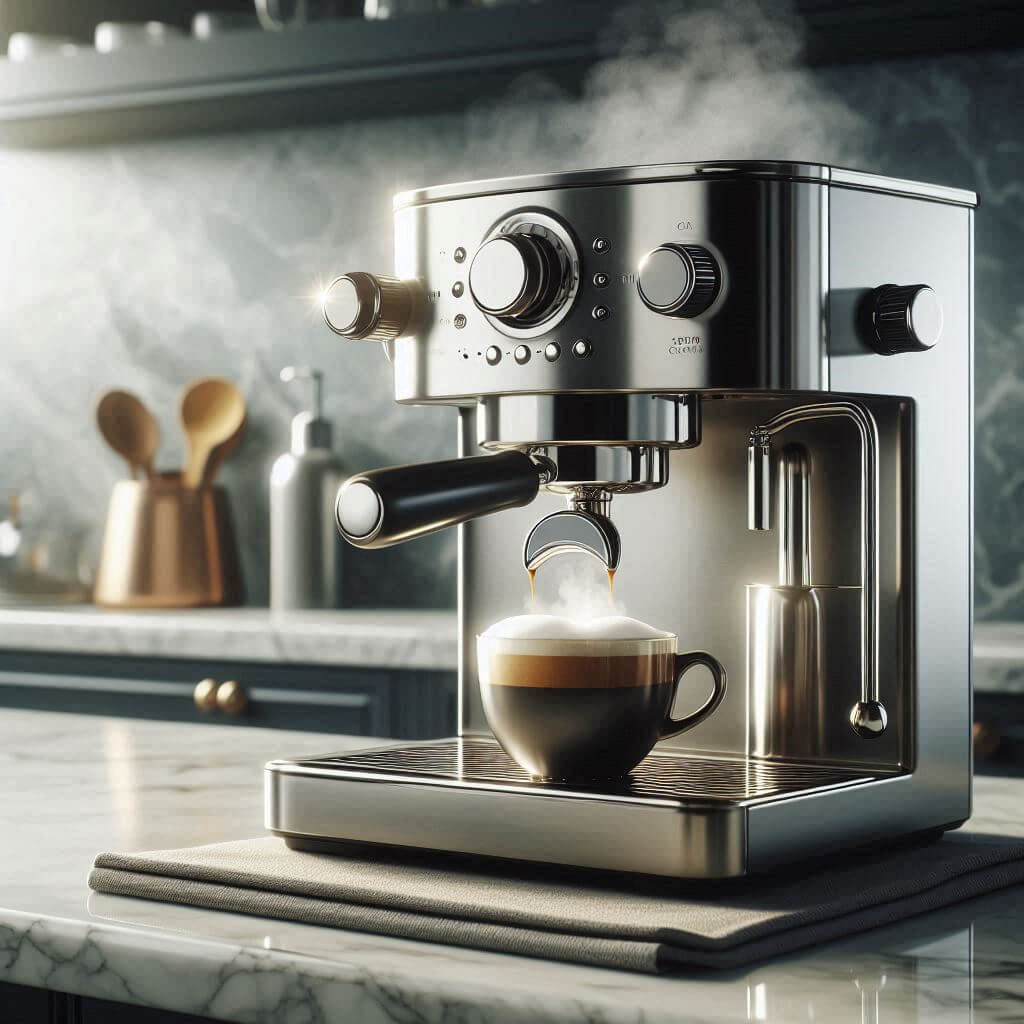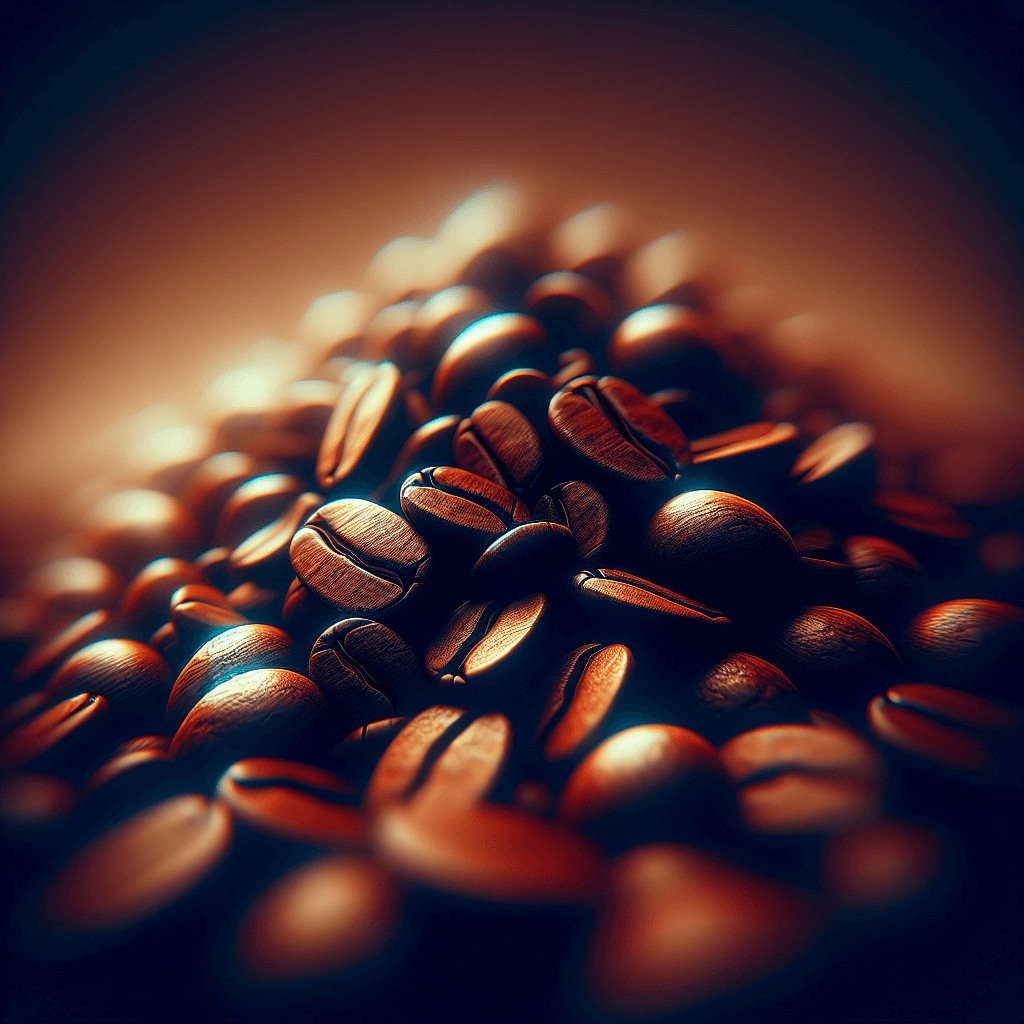
Espresso is a method of preparing coffee, which consists of pushing a small amount of almost boiling water through finely-ground coffee beans. It is known for its rich, strong flavor and concentrated portion, which serves as the basis for many coffee drinks, such as cappuccinos and lattes.
When choosing coffee beans for an espresso machine, the main elements to consider are freshness, flavor profile, and degree of roast. These factors will significantly affect the quality and taste of your espresso. A good espresso will have a balance of sweetness, acidity, and bitterness, with a soft, creamy mouthfeel and a long aftertaste.
The Importance Of Freshness
An important aspect of choosing the right coffee beans for your espresso machine is considering the freshness of the beans. Fresh coffee beans, usually roasted within the last two to three weeks, will provide the best flavor and aroma. Due to oxidation, coffee beans begin to lose their taste and aroma soon after roasting. Therefore, buying freshly roasted beans in small batches ensures that you are using beans that are as fresh as possible.
When buying coffee beans, check the roasting date on the package. Unlike the expiration date, the roast date will tell you exactly when the beans were roasted. Aim to use beans within the first month of roasting for optimal flavor. This is because the compounds responsible for the taste and aroma of coffee begin to break down as soon as the beans are roasted.
In addition, storage conditions are important for preserving the freshness of coffee beans. Store beans in an airtight container at room temperature, away from light, heat, and moisture. Light can cause the beans to lose their flavor, while heat can speed up the decomposition process. Moisture can lead to mold, which will destroy the beans. Avoid storing coffee beans in the refrigerator, as temperature fluctuations can cause condensation to form, leading to moisture build-up. Use opaque containers to protect the coffee beans from light.
If you buy coffee beans in bulk, consider vacuuming the portions you don’t plan to use immediately. Vacuum sealing can significantly extend the freshness of beans by reducing their exposure to air, which slows the oxidation process. Label each vacuum pack with the roast date and expected use-by date to track freshness.
Buying coffee from reputable roasters who prioritize freshness can also make a difference. Some online roasters ship the beans within hours of roasting and provide detailed information on the roast date, origin of the beans, and recommended usage schedule. This ensures that you get the freshest beans. Always choose suppliers that are transparent about their roasting and shipping practices to ensure you’re getting high-quality, fresh beans.
Choice Of Taste Profile
Coffee beans have different flavor profiles, depending on factors such as their origin, grade, and processing method. To choose the right beans for your espresso machine, it’s important to consider what flavor profile you prefer. Some people like a more fruity and acidic espresso, while others may prefer a more chocolatey, nutty flavor.
Beans from Africa, particularly Ethiopia and Kenya, are known for their fruity and bright characteristics. Ethiopian beans often exhibit flavors such as blueberry, citrus, and floral notes. Kenyan beans can have a more berry-like acidity with a wine quality. These beans are usually wet-processed, which enhances their bright and complex flavors.
Latin American beans, such as those from Brazil and Colombia, offer different taste experiences. Brazilian coffee beans are usually nutty, and chocolatey and have lower acidity. They often have a soft, creamy body, making them a popular choice for espresso. Colombian beans tend to have a balanced profile with medium acidity and notes of caramel and nuts. The flavor is often well-rounded thanks to the washing method, which removes the mucilage from the cherries before drying.
Asia-Pacific beans, especially from Indonesia, provide a distinct earthy and spicy profile. Indonesian beans, such as beans from Sumatra, are known for their full body and unique taste of earth, spices, and herbs. These beans are often wet-shelled, which contributes to their complex and deep flavor.
In addition, single-origin grains and blends offer different experiences. Single-origin beans come from a specific region or farm and allow you to experience the unique characteristics of that area. Blends combine beans from different regions to create a balanced and complex flavor profile. For example, a blend can mix fruity Ethiopian beans with chocolate Brazilian beans to produce a smooth espresso.
The processing method also plays a role in the flavor profile. Wet-processed, or washed, beans usually have a cleaner and brighter taste. Dry processed or natural beans tend to have more structure and fruitiness because the beans are dried with the cherry. Honey-cured beans, where some of the mucilage remains during drying, can offer a blend of both methods, providing a balance of sweetness and acidity.
Choosing The Right Level Of Frying
The degree of roasting of the coffee beans also plays an important role in the taste of your espresso. Coffee beans are typically roasted to light, medium, or dark levels, each with different flavors and characteristics. Medium-dark roasted beans are generally preferred for espresso, as they tend to produce a stronger, fuller shot.
Light roasted beans have a more pronounced acidity and retain more of the beans’ natural flavors. While they can be used to make espresso, they can result in a brighter, more acidic drink that won’t appeal to everyone. Medium roast beans strike a balance between the natural flavors of the beans and the impact of roasting, offering a well-rounded, balanced kick with a mild finish.
Dark roasted beans, on the other hand, have a richer, smoky, and stronger flavor, with the characteristics of the roasted beans dominating the natural flavor of the beans. These beans tend to produce a bold, full-bodied espresso with a rich, dark foam. If you prefer a strong and full-bodied espresso, dark roast beans may be the best choice.
Experimentation Is Key
Finding the perfect coffee beans for your espresso machine is often a matter of personal preference and experimentation. Don’t be afraid to try different beans from different regions and roast levels to see what you like best. Many coffee roasters offer sample packs, allowing you to try a variety of beans before committing to a larger purchase.
As you experiment with different beans, pay attention to their flavor profiles, aromas, and how they perform in your espresso machine. Journal your findings, including details on bean origin, roast date, flavor notes, and the taste and mouthfeel of the espresso. Over time, this will help you identify patterns and preferences, making it easier to choose the right beans for your espresso machine.
Also, consider getting recommendations from local coffee shops or roasters. Baristas and coffee experts often have valuable information and can suggest beans that suit your taste preferences. Building relationships with the local coffee community can enhance your espresso journey and introduce you to new and interesting coffee beans.

